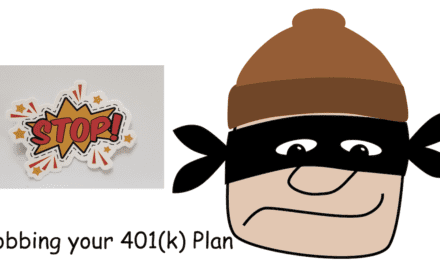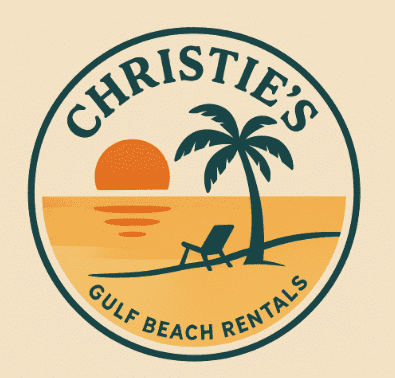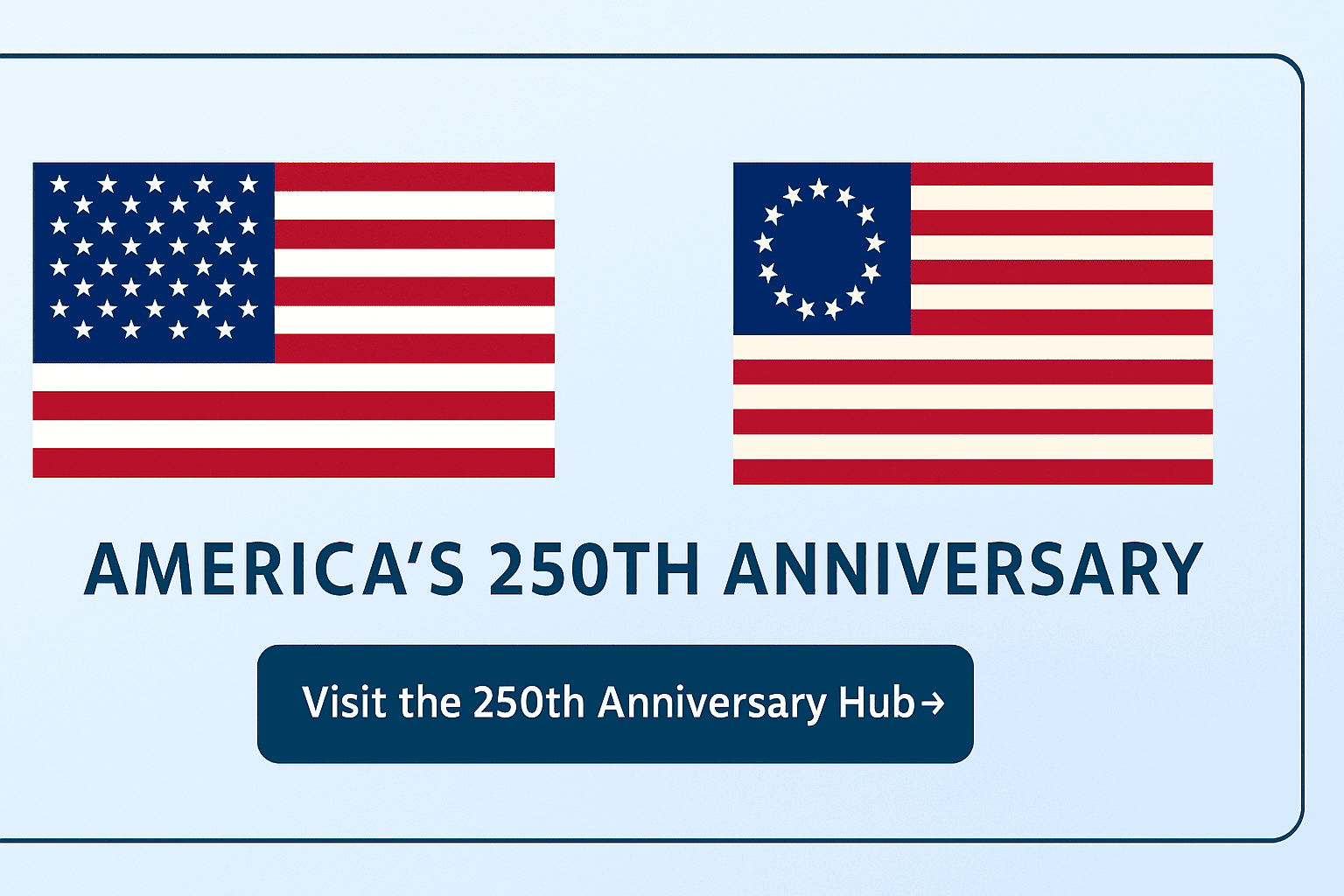Last updated on January 1st, 2026 at 04:55 pm
Quit your job, been fired, or laid off? Your 401(k) is still yours. You have options when it comes to your 401(k) and one that you should never take is a distribution to you. Unless of course, you are retiring after age 59.5. Many younger workers change jobs frequently and they tend to forget about their 401(k) usually because the amounts are small. It’s not uncommon to hear that a person has left several 401(k) plans behind from former jobs. It’s time to fix that.
First, does your new job offer a 401(k)? If so, then the best thing to do with the old employer 401(k) is to enroll in the new employer’s plan and ask them to help you transfer funds from the old employer plan to the new job plan. The plan administrator for your current plan will usually do this for you after you complete the required forms.
The old plan will cooperate by sending funds directly to the new plan. You will not come in contact with the funds. Never ask for distribution or give your address as the address for the transfer. As long as you never touch the funds you will have no taxes or penalty to pay.
Go after all of those old 401(k) plans $$$
About your previous employer, not the last one but the two or three from the past. Gather your documents and ask your current administrator to transfer those funds to the new employer program. You can gather all of those funds in this way and consolidate them all with your new employer.
A financial institution must send any unclaimed funds to the State. This is done when you are non-responsive after they try to contact you about your old accounts.
Remember to do this if you decide to move along to another employer, your current employer at the time with a 401(k) program can repeat this process above.
My personal story as an employer
When I owned my own company, even when it was very small, I started a 401(k) plan that matched employee deposits to 5% (IRS limit at the time). Over the years, employees came and went. Anytime an employee left our employment, the controller told them to roll over their 401(k). Many of these employees were young and more interested in getting to the new job so they ignored the advice.
Years later when I sold the company and we wrapped up the 401(k) plan, several former employees had not transferred their funds. The fund administrator was compelled by law to reach out to these former employees and encourage them to make the transfer. One or two did but the remainder did not at that time.
Years later, I received a call from a former employee who was asking about his 401(k). I told him to contact the plan administrator. The plan had turned the funds over to the state which made it far more difficult for him. I am not sure he ever recovered his funds. What a shame.
20% of 401(k) plans are abandoned when people quit leaving an average of $55,000 in assets behind
Are you one of those who left funds behind?
What if my former employer is out of business?
Hopefully, you have access to plan documentation and can determine the contact information for the plan administrator. This is the first place to start. The plan administrator is not the company or an employee of the company, they are an independent company such as Fidelity, Charles Schwab, etc.
Your payroll deposits must be sent to the plan administrator on a schedule so even if the company is out of business, chances are that the plan administrator is holding your funds. If you can not remember the name of the plan administrator, refer to the “helpful information” section of this article at the bottom.

No new employer with 401(k), that’s ok
Now, what happens if the new employer does not have a 401(k) plan? That’s a far different situation than moving funds to a qualified 401(k) plan. You must create an Individual retirement account called a traditional IRA for the funds to go to. Have the plan administrator transfer the funds from your 401(k) to the new IRA.
This is called a rollover IRA. Meaning that funds from your qualified 401(k) plan were rolled over to a traditional IRA and the transfer did not cause a tax event.
You can also set up a Roth Ira and have your 401(k) funds transferred to the Roth Ira but you will owe federal income tax on the amount that you roll over. As long as the fund managers do the work as above, all you will owe is a federal tax.
Different retirement plans explained
You need to understand the differences between a qualified 401(k) plan, a traditional Ira, and a Roth Ira. They are as follows:
401(k)
- A 401(k) is a retirement savings plan offered by employers.
- Contributions to a 401(k) are made with pre-tax dollars, which reduces your taxable income in the year you make the contribution.
- The money in a 401(k) grows tax-deferred, meaning you don’t pay taxes on the investment gains until you withdraw the money in retirement.
- Withdrawals from a 401(k) are taxed as ordinary income.
- Many employers offer a 401(k) match, which is a contribution that the employer makes to your 401(k) account for every dollar you contribute.
Traditional IRA
- A traditional IRA is an individual retirement account that you can open on your own.
- Contributions to a traditional IRA are made with pre-tax dollars, which reduces your taxable income in the year you make the contribution.
- The money in a traditional IRA grows tax-deferred, meaning you don’t pay taxes on the investment gains until you withdraw the money in retirement.
- Withdrawals from a traditional IRA are taxed as ordinary income.
Roth IRA
- A Roth IRA is an individual retirement account that you can open on your own.
- Contributions to a Roth IRA are made with after-tax dollars, so you don’t get a tax deduction for your contributions.
- The money in a Roth IRA grows tax-free, meaning you don’t pay taxes on the investment gains until you withdraw the money in retirement.
- Withdrawals from a Roth IRA are tax-free, as long as you meet certain requirements.
401(k) funds are designed for your retirement
don’t cash out of your 401(k) plan before retirement

Transfer old 401(k) to a Roth Ira
Why would you want to transfer funds from your 401(k) to a Roth Ira when you have to pay federal income tax? Because the Roth Ira grows at the same rate as similar investments in your 401(k) but the income will never be taxed. With a 401(k) all of the amounts you deposited and any income it has earned will be subject to federal and possibly state income tax when you take the funds out in the future.
Back to the idea that you are leaving your employer. Each plan is different. You may take all funds that you have deposited into the 401(k) plan but you may not take funds contributed by your employer if there are provisions in the former employer’s plan where you must be fully vested to remove their contributions.
Here are some examples of vesting schedules:
- Cliff vesting: Under a cliff vesting schedule, you become 100% vested in the employer’s contributions after a certain number of years of service. For example, you might become 100% vested after three years of service.
- Graded vesting: Under a graded vesting schedule, you become vested in a certain percentage of the employer’s contributions each year. For example, you might become 20% vested after one year of service, 40% vested after two years of service, and so on.
What happens if you leave your job before you are fully vested?
Are you fully vested at the old employer?
If you leave your job before you are fully vested in the employer’s contributions, you will forfeit the unvested portion of those contributions. For example, if you leave your job after two years of service and your vesting schedule is cliff vesting, you will forfeit 100% of the employer’s contributions.
It’s important that you understand the rollover process and how your new company’s plan works. You may have come from a plan with no vesting rules and going to one with vesting rules. Remember, what you put in can always be removed.
Your funds are invested in the old retirement accounts using firms such as Fidelity Investments. This means that all of the funds in your account must be liquidated before funds are transferred if the old fund does not allow a rollover of existing equities. Check with the plan administrator about how this is done and if there is a choice to keep the old equities or cash out, have them tell you which may be best for you.

No new employer, no problem do this
If you do not have a new employer with a new retirement plan, you can ask the old plan administrator how long you have before you must remove funds from their 401(k) plan. Some plans allow you to leave funds there for as little as 90 days and others have no end date.
It’s best to leave the funds there until you can work with a new plan sponsor and transfer the funds to a new qualified retirement plan. If you are still not employed when the time limit from the old plan runs out, you will have to move your funds to a traditional Ira or a Roth Ira. When you start with your new employer, you can create a new 401(k) plan and start a new one.
Your old funds will stay with the IRA that you created. There is nothing wrong with having two retirement accounts. The whole point of having a 401(k) instead of an IRA is that your employer can make a matching to your fund and you can do it before taxes.
Benefits for 401(k) that differ from other IRAs
You can still make contributions into your IRA without paying taxes but it’s done through your annual income tax return where the amount you have put into the IRA account will be non-taxable.
There is another benefit to having a 401(k) and that’s the fact that it is a qualified account that provides extra financial security. It’s virtually impossible for any judge to remove funds from your 401(k) to pay a creditor. Even a child support payment can not be paid from a 401(k) if it means forcing the holder to sell before they reach the age of 59.5 to avoid a penalty. A regular IRA does not have the same protection although it has some.
Another difference between the 401(k) and an Ira is that the 401(k) has investment choices set up for you. Perhaps as many as 20 selections. An Ira can buy any stock, bond, mutual fund, and other investment vehicles. If you have both funds, use the Ira to buy that favorite stock you have been watching that is not available in the 401(k) selection.
Don’t take a physical distribution of old 401(k) funds
To conclude, it’s very important that you do not take a distribution of funds from a 401(k) before you are 59.5 or you will face tax consequences and pay a penalty to the IRS. There are special circumstances such as borrowing from the fund. If you close out a former employer 401(k) and take the funds, you will owe federal taxes and state income taxes plus early withdrawal penalties.
If you have an immediate need for funds, borrow them from another source that will almost certainly be less expensive. Plus, you need those funds to reach your retirement goals. Years from now, your future self will thank you for taking care of you.
Benefits for a new employer are a 401(k) with matching contributions
One of the considerations for finding a new job could be that your prospective employer has an employer match for your retirement funds. Matching contributions is the same as free money. Your best choice between prospective employers may be the fact that one has a match, another has a 3% match and a third has a 6% match.
Your new retirement account can help you get back on your feet. The good news is that you can move funds from the previous employer in a painless manner and continue receiving the tax advantages with the new plan.
Don’t leave the old job without finding out what you need to do to move your 401(k) without an early withdrawal penalty. Don’t leave your funds behind.

HELPFUL INFORMATION
Abandoned 401(k) Fund Reclaim Process
If your abandoned 401(k) plan funds have been sent to the state, you can reclaim them by following these steps:
- Contact the state’s unclaimed property office. Each state has an unclaimed property office that is responsible for tracking down and returning unclaimed assets to their rightful owners. You can find the contact information for your state’s unclaimed property office by searching online or by contacting your state’s treasury department.
- Provide proof of ownership. When you contact the unclaimed property office, you will need to provide proof of ownership of your 401(k) plan funds. This typically includes your name, Social Security number, and the name of the plan administrator. You may also need to provide other documentation, such as a copy of your 401(k) plan statement or a letter from your former employer.
- Complete the claim form. The unclaimed property office will provide you with a claim form that you will need to complete. The form will ask for basic information about your 401(k) plan, such as the name of the plan, the date you left your job, and the amount of money in the account.
- Submit the claim form. Once you have completed the claim form, you will need to submit it to the unclaimed property office. You can typically submit the form by mail, fax, or email.
- Wait for the funds to be released. Once the unclaimed property office has received your claim form, they will review it and determine if you are the rightful owner of the funds. If they approve your claim, the funds will be released to you.
Terms used with 401(k) plans
- Contribution: The amount of money that you, as an employee, contribute to your 401(k) plan. You can contribute up to a certain amount each year, which is set by the IRS.
- Employer match: The amount of money that your employer contributes to your 401(k) plan, up to a certain percentage of your salary. For example, if your employer matches 50% of your contributions up to 6% of your salary, and you contribute 6% of your salary to your 401(k), your employer will contribute an additional 3% of your salary.
- Vesting: The process by which you earn ownership of your employer’s contributions to your 401(k) plan. Typically, you will become fully vested in your employer’s contributions after a certain number of years of service.
- Distribution: The withdrawal of money from your 401(k) plan. You can take a distribution from your 401(k) plan at any time, but there may be tax consequences associated with doing so.
- Rollover: The transfer of money from one retirement plan to another. For example, you could roll over your 401(k) plan from your old job to your new job’s 401(k) plan or to an IRA.
- Beneficiary: The person or persons who will inherit your 401(k) plan if you die. You can designate a beneficiary on your 401(k) plan, and your assets will be distributed to your beneficiary according to your wishes.
- Investment options: The different types of investments that you can choose from within your 401(k) plan. These options typically include stocks, bonds, mutual funds, and ETFs.
- Fees: The costs associated with your 401(k) plan, such as administrative fees, investment fees, and early withdrawal penalties.
- Taxes: The taxes that you may owe on your 401(k) plan, such as income taxes, capital gains taxes, and early withdrawal penalties.
- Retirement planning: The process of planning for your retirement, including saving for retirement, investing your retirement savings, and determining how much money you will need to live comfortably in retirement.
Read more about 401(k) plans
Check out other articles about your 401(k) on this site including this one Building Wealth with 401k and How robbing your 401(k) plan could destroy your retirement. Also, read our extensive articles about retirement including this RetireCoast Blog Series Directory.
Discover more from RetireCoast.com
Subscribe to get the latest posts sent to your email.









